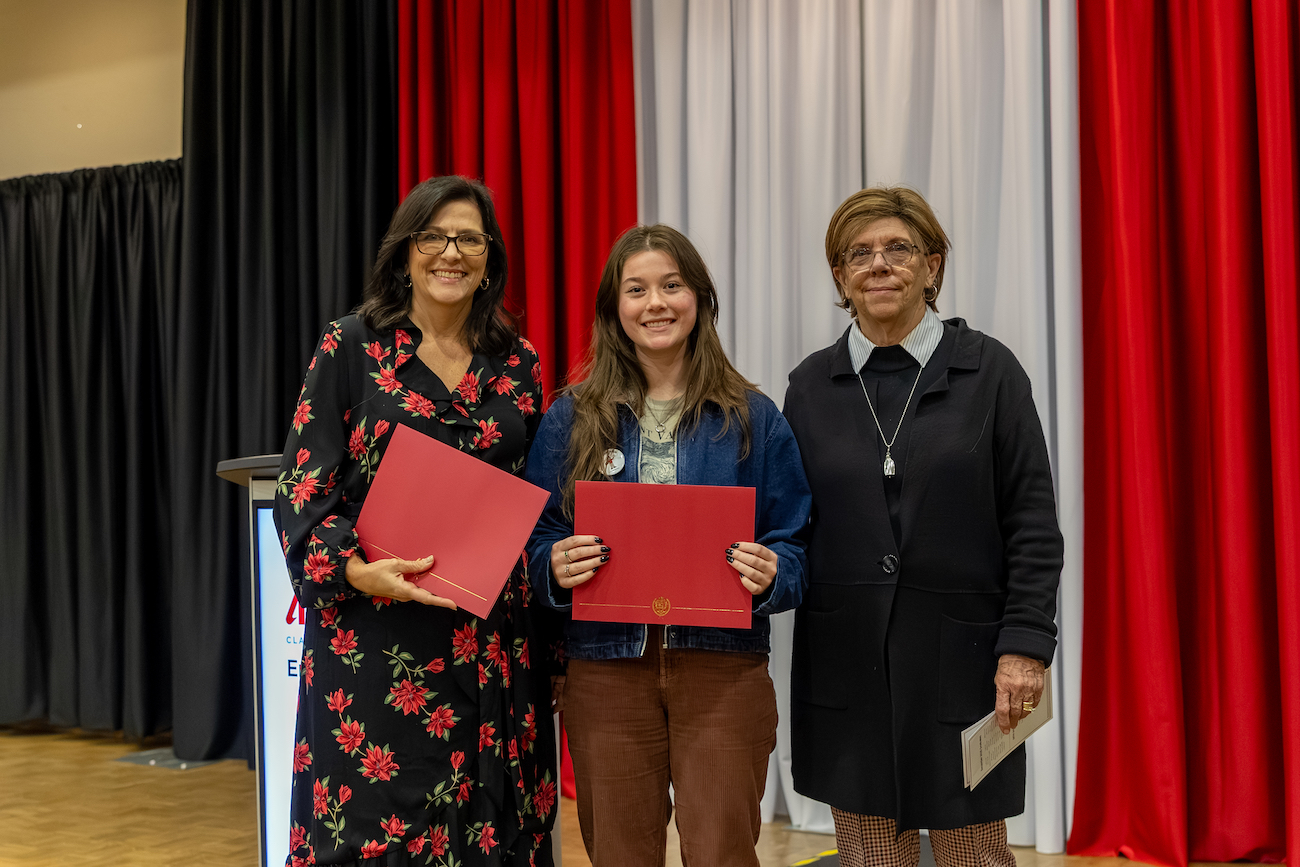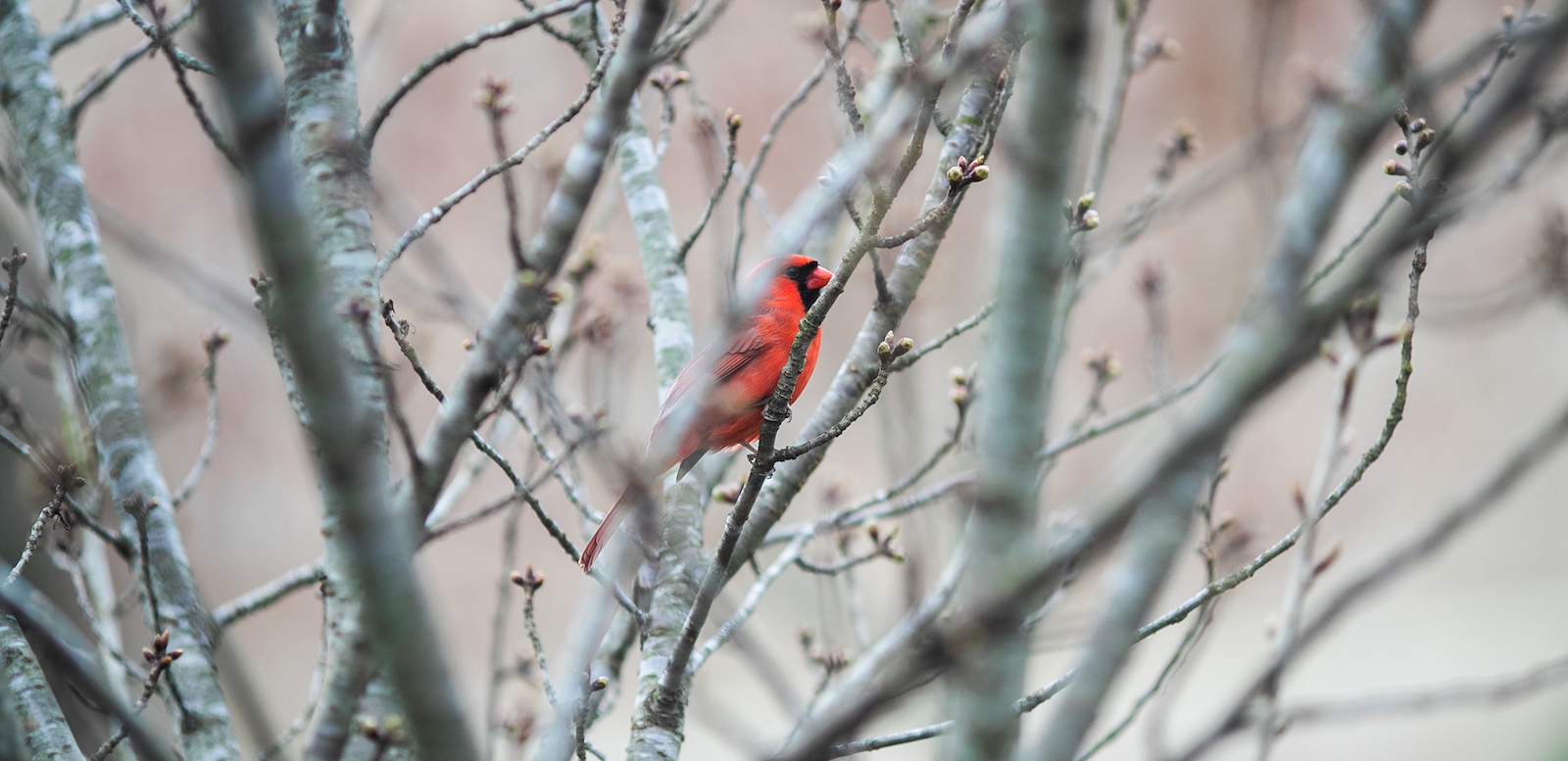Austin Peay artist uses crushed black barrels, white sidewalks to illustrate systemic racial violence

(Posted October 6, 2020)
Eighteen 55-gallon steel barrels lie among the waves of grass at the Art + Design Quad at Austin Peay State University.
As people pass on white sidewalks through the dark-green field, their images reflect off the barrels’ smooth black paint. The colors are crisp. Whole. The barrels are not. They lie crumpled on their sides.
The barrels, the sidewalks and the grassy field make up APSU Gallery Director Michael Dickins’ latest artwork, “Nothing to See Here.”
“‘Nothing to See Here’ is my statement on the continued violence perpetrated against Black bodies and the privilege many of us have to ignore it,” Dickins says, describing the piece.
For Dickins, the barrels are Black bodies and the sidewalks are the white privilege that passes unobstructed through the violence happening all around.
Dickins has a view of the lawn from his office and can see students as they cross on the sidewalks.
“They’re kind of blind to this gorgeous lawn they’re walking through on this unobstructed white path that makes it so easy to get to their destination without worrying what’s around them,” he says.
Every week, Dickins will move the barrels, revealing dead grass.
“You will see the visible scars of this violence, knowing that the scars will eventually be covered up and forgotten, and we’ll repeat the process that we’re constantly in,” he says.
After four weeks, the 18 barrels will have left 72 scars. All the while, people will stroll through.

Combining art and science
“Nothing to See Here” is an extension of one of Dickins’ earlier works, “#thoughtsandprayers,” a 2017 sound collage installation that used a rusty steel barrel.
A speaker inside the barrel broadcast the voices of students and other community members as they read “thoughts and prayers” tweets from politicians after a mass shooting.
The voices echoed out from a barrel often associated with garbage or temporary fires, resulting in a stream of useless tweets from a black hole, Dickins says.
In the years since “#thoughtsandprayers,” APSU’s Bryan Gaither has been routinely crushing steel barrels for his Professional Mad Scientist air pressure demos. You can see one of the demos here to see how well the barrels crumple.
Dr. Karen Meisch, dean of the College of Science, Technology, Engineering and Mathematics, mentioned to Dickins that he use the scrapped barrels in his art.
That idea has grown into art.

A part of something bigger
“Nothing to See Here” is one of the exhibits in the Art + Design Faculty Triennial, an exhibition that showcases the work of Austin Peay faculty. Most of the works are at The New Gallery in the Art + Design building, but some of the works, such as Dickins’, are outside.
The triennial runs through Oct. 23, and anyone interested in seeing the works can stop by between 10 a.m. and 3 p.m. Monday-Thursday. To maintain social distancing, attendants will enforce a 15-person limit at the gallery. The triennial is free and open to the public.
Austin Peay also is offering a 360-degree virtual walk-through video of the triennial at www.apsu.edu/art-design.
To learn more
Dickins is an interdisciplinary artist and curator whose artistic practice includes visual and sound work. His work often focuses on social and political commentary.
Dickins earned a Master of Fine Arts in Interdisciplinary Arts from Goddard College and has exhibited his work throughout the world. You can see more of his work at www.michaeldickins.com.
For more about the triennial or any exhibit at Austin Peay, contact Dickins at dickinsm@apsu.edu.
News Feed
View All News
Two hours after his interview with the Clarksville Police Department (CPD), Army veteran Dustin Zook had a job offer in hand--a swift result powered by the preparation he built through Austin Peay State University's Military-Affiliated Professionals Program (MAPP).
Read More
Graduating seniors from Austin Peay State University's Eriksson College of Education achieved the program's highest edTPA passing rate and scores since the university adopted the assessment in 2013, positioning these newly licensed teachers to succeed in Tennessee's classrooms.
Read More
Austin Peay State University Middle College students are leading campus-wide bird strike research through the Bird Alliance, documenting window collisions and contributing to ongoing conservation efforts that have significantly reduced bird deaths on campus.
Read More